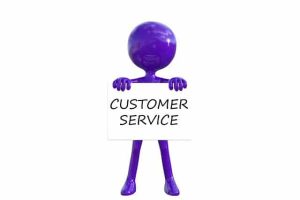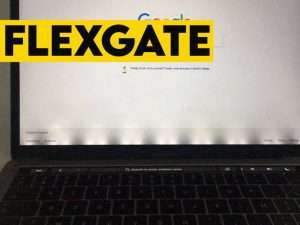How to Market Global Brands effectively on the Internet (Case Studies)

Marketing can be a tricky business, between identifying your target market and creating marketing campaigns that target and grab the attention of your potential customers.
Localized marketing campaigns can often be much easier to fulfill, using keywords that designate a country, state, or specific area. But what if you are a global brand?
Either having recently grown to multiple locations across the globe or trying to target multiple countries in your campaign.
Here we’ve put together a concise guide on the ins and outs of successfully marketing a global brand.
Utilize Social Media
Social media may be a positive snapshot into many people’s lives, however, it also spans multiple countries and has been an excellent way for similar interest groups to accommodate people from different locations and cultures.
A strong social media campaign can reach people across the world and help contribute to brand recall, in addition to getting potential consumers involved with shares, engagements, and a dedicated hashtag for individuals to use.
A fantastic example of a quality social media campaign was the #OneLessStranger campaign run by Airbnb in January 2015.
In which the company asked individuals to perform random acts of kindness for strangers.
They were asked to take a photo with the person they assisted and share it on social media with the hashtag; #OneLessStranger.
Only three weeks after the launch, over 3 million people were sharing created content, getting engaged, and talking about the campaign.
Your Domain Structures
Using different domain structures is a good way to let Google and other search engines know where to funnel traffic from a specific location when they visit your website.
There are a couple of different options for the type of structure you choose, whether you go for a subdirectory, where the targeted URL is a folder off of the main domain.
For example, luxury jewelry brand Tateossian uses “tateossian.com/tatgbp/”, for their UK site and “tateossian.com/tatcad/” for their Canadian visitors.
You might choose to have a country subdomain before the main URL, for example, uk.domain.com or ca.domain.com, although these can be more expensive to use than a subdirectory.
Finally, and one of the most popular options is the use of a Top-Level Country Code Domain, these leave no confusion for the visitor regardless of what location they are visiting the website from.
You can even replace the .com with a country-specific code, for example; .co.uk (UK), .ca (Canada), .de (Germany) and .fr (France).
Engaging Content That Crosses Cultural Differences
While it can take several brain-storming sessions and potentially a few initial misfires, creating a marketing campaign that crosses boundaries and allows individuals from all walks of life to understand the message being portrayed, is an excellent way to promote your brand across several country borders.
Think about the digital resources at your disposal and incorporate these into your campaign.
Your message could be sent across in form of a simple browser-based game, an interactive advertisement, or even an advertisement that leads to a live stream with a live Q&A or relevant live feed.
An animal adoption company might link to a live feed of kittens or puppies or a global car parts brand may have a simple, fun-to-play racing game that sees players collecting points by collecting floating “brand” icons or hitting checkpoints with the brand name splashed across them.
An excellent example of an interactive advert comes from the World Wildlife Foundation, during their Earth Hour campaign they advertised across Norway’s most popular media websites with a banner graphic telling Norwegians to turn the lights off.
When tapped, their phone screen would go black (except the notification and navigation bar) swiping across the screen revealed a peek at a timer underneath.
When completely cleared, the image showed a live countdown to the Earth Hour event, when the country should turn off all their appliances for an hour to battle impending climate change.
The campaign was nominated and won several awards in 2012 and received approximately 1 million impressions during the time it was life.
Remain Consistent Across Countries and Platforms
Brand identity is extremely important, especially as more companies spring up every day, it can be difficult to set yourself ahead of the curve and stand out in a digital sea of similar styles and bright colors.
When trying to market your brand globally, consistency with your brand identity is key.
You need to get your visual style brand guidelines together. The document should include primary, secondary, and shadow colors, main and complimenting fonts, sizing and color preference of the brand logo, and any styles of icons or graphics that are to be created during the campaign.
Make sure the tone of voice remains the same, especially when translating into a different language.
A perfect example to look at for brand consistency is the UK smoothie company, Innocent Drinks, their fun-filled and tongue-in-cheek brand identity remains the same even though they are now available in fifteen different countries across Europe.
Even though the different translations, their light-hearted tone is prevalent and does a great job of connecting you to the brand no matter where you live.
If you are considering a global marketing campaign, make sure to do plenty of research into your target country and where possible, try and run a series of A/B advertisements so you can understand the preference of your potential customers.
Don’t forget, that a successful global marketing campaign can result in rapid growth of your company, so ensure you have funds and resources in place to accommodate the growth without stretching yourself too thin.







